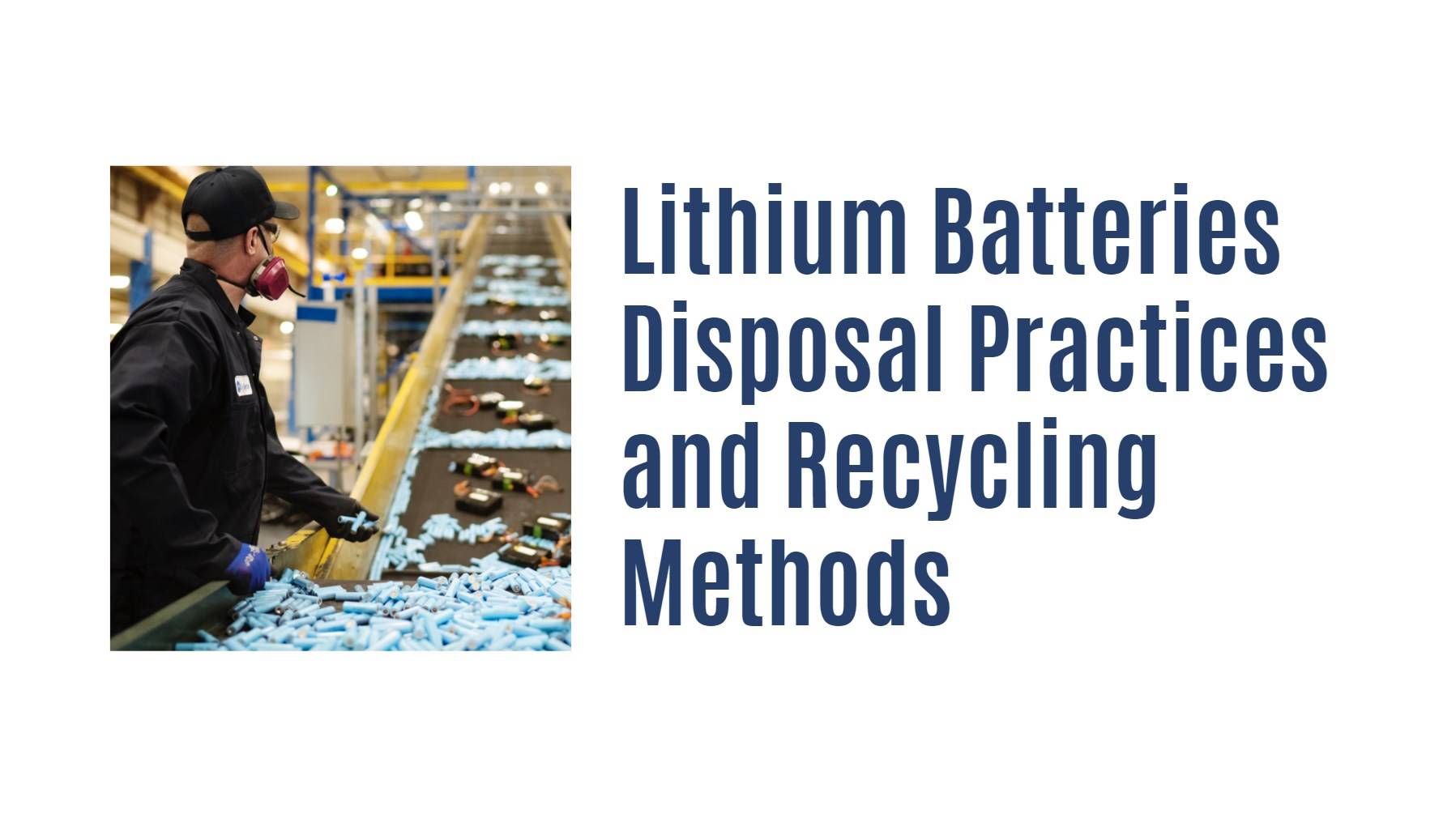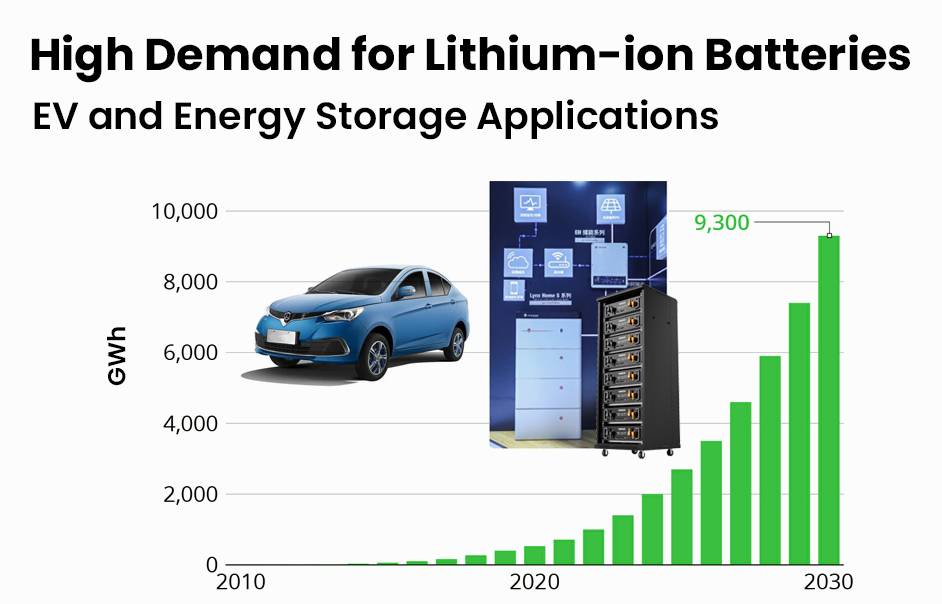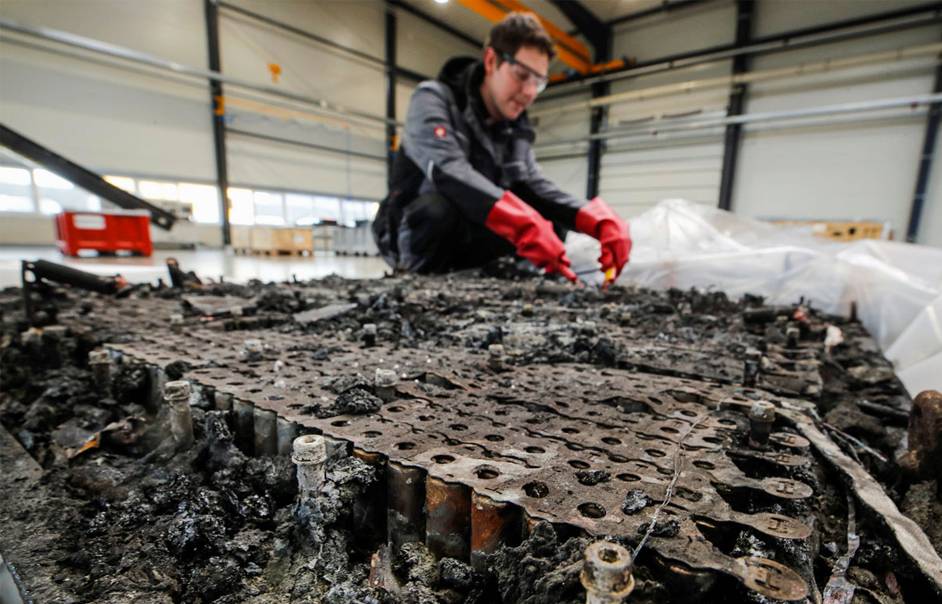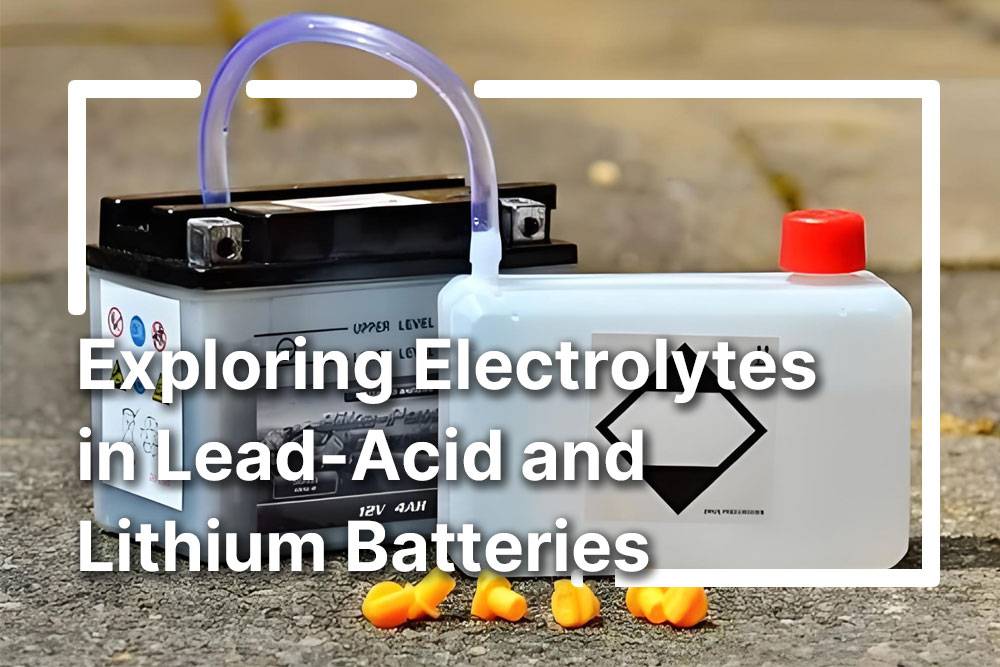Recycling batteries is essential for environmental sustainability. To do so, visit specialized recyclers, retailers offering takeback services, or check local waste programs. Utilize resources like Earth 911 or Call2Recycle to locate nearby recyclers. Lithium batteries, known for their lightweight nature, high energy density, and rechargeable capabilities, are widely used and recyclable.
Lithium batteries are becoming increasingly popular
Lithium batteries are widely used in devices like cell phones and electric vehicles due to their safety, longer lifespan, and high power output. Despite their advantages, they can be costly and pose a risk of explosion.
How do you safely dispose of lithium batteries?
Disposing of lithium-ion (Li-ion) batteries requires careful consideration to prevent fires and environmental contamination. Tossing them in regular bins poses risks, making it essential to follow proper procedures.
- Avoid Regular Bins:
- Li-ion batteries shouldn’t be thrown in regular garbage or recycling bins.
- They can ignite during transport, posing risks at landfills or recycling facilities.
- Choose Proper Drop-off Points:
- Take Li-ion batteries to designated recycling or household hazardous waste drop-off points.
- This ensures safe disposal and minimizes environmental impact.
- Understanding Disposal Methods:
- Lithium batteries can be disposed of through recycling, incineration, landfill, or deep well injection.
- Recycling is the most common and environmentally friendly method, involving disassembly to extract valuable metals.
Conclusion: Follow proper procedures to safeguard yourself and the environment when disposing of lithium batteries. Choosing the right disposal method, such as recycling, is crucial for minimizing hazards and promoting environmental responsibility.
Can lithium batteries be recycled completely?
Lithium batteries, known for their rechargeable nature and high energy density, can be recycled. However, the process is intricate and costly. Despite their environmental advantages, lithium battery production generates hazardous waste. Proper recycling methods are crucial to address these challenges.
- Collection Process:
- Initiates with collecting old or damaged lithium batteries.
- The recycling process begins once a substantial quantity is gathered.
- Recycling Methods:
- Involves various techniques like thermal breakdown, pyrometallurgical processing, and hydrometallurgical processing.
- These methods aim to extract valuable materials for reuse.
- Environmental Concerns and Importance:
- Lithium batteries produce hazardous waste, posing environmental and health risks.
- Recycling, though complex and costly, is essential for sustainability and ensures materials are reused for new battery production.
Conclusion: While recycling lithium batteries is challenging, it’s a crucial step for minimizing environmental impact and ensuring the sustainability of battery production. Implementing advanced technologies and responsible procedures is key to making the recycling process more efficient.















